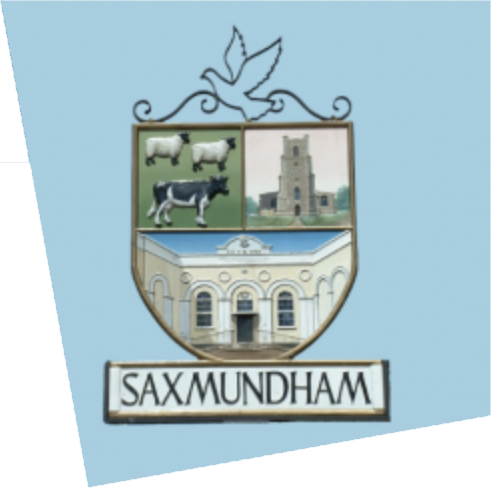Saxmundham Memorial Field
Saxmundham Memorial Field
Introduction
Welcome to Saxmundham’s Memorial Field, purchased by the Town’s inhabitants as a Memorial for those that lost their lives in the Great War, 1914-1918. Instead of a stone monument commemorating the fallen heroes, many townspeople voted for a tangible memorial that benefitted the living. For them entry to Field, through a gate with a plaque, ‘would jog memories of the facts… that led to the purchase of the recreation ground’ so that the sacrifice of lives would not be forgotten. However, with emotions fuelled by unimaginable loss, the Recreation Field likely failed to provide solace for some whose loved ones were buried overseas or had no marked grave. The narrative of the Memorial Field reflects community division and deeply felt concerns of the Townspeople.
Early Plans 1919
Before consultation, it appeared that Saxmundham Urban District Council (UDC) preferred the Recreation Field option. Progress was slow and it took nearly two years from the formation of a War Memorial Committee in June 1919 to balloting the community about their choice of memorial in March 1921. By this time, the Townspeople generally supported the Memorial Field. 308 voted for a Recreation Ground with over £229 pledged and 178 residents wanted a Monument and agreed to donate £57. The Field majority whilst substantial, was not as decisive as the Committee likely expected. Moreover, the monetary pledges did not meet the costs for either option. A compromise was agreed to ‘compel the sympathy’ of all inhabitants; the Memorial Field gate was omitted with the introduction of Memorial Tablets for the Parish Church and Congregational Chapel. This solution did not suit those that desired a monument and animosity against the Field scheme reached fever pitch.
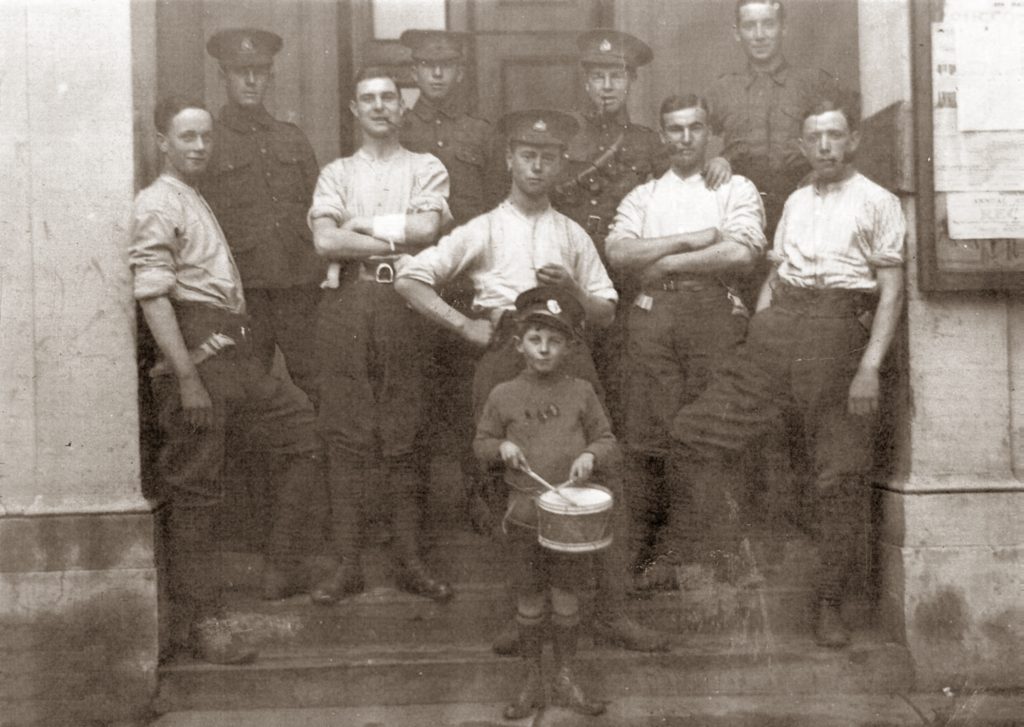
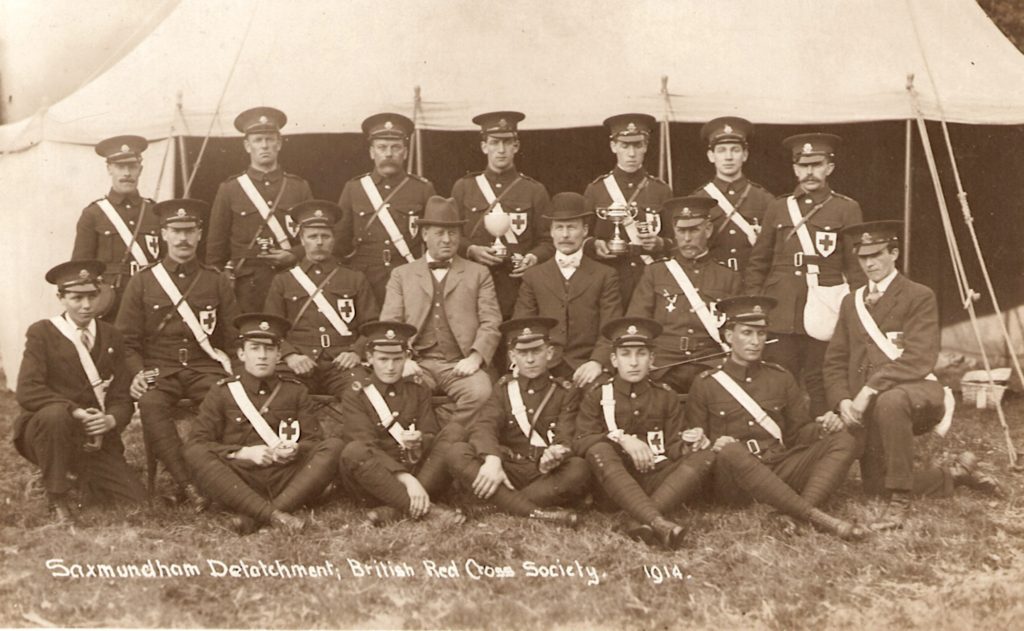
Dissent 1921
In April 1921 a counter War Memorial Committee challenged the Town’s official committee. The unofficial committee supported the ecumenical view and ‘entirely opposed the Recreation Ground as a War Memorial’. Additionally, they cited other opposition factors, including capital and running costs. The official committee ignored their objections and the saga then turned extremely vitriolic.
Threats 1921
Councillor E.W Packard who had previously promised to supply some of his land to the north-west of the town for use as the Memorial Field suddenly rescinded his offer in June 1921. Undoubtedly the unofficial committee had exerted pressure on him threatening to withdraw friendship. Without a Field they envisaged that the official War Memorial Committee would agree to a Monument. Their plan failed as an alternative was found, Snell’s Field, the current site at a cost of £295. To ensure peace the War Memorial Committee continued to support the placing of Memorial Tablets in both the Church and Chapel. With their plans secured, the official committee held out the hand of friendship and the two factions united in October 1921.
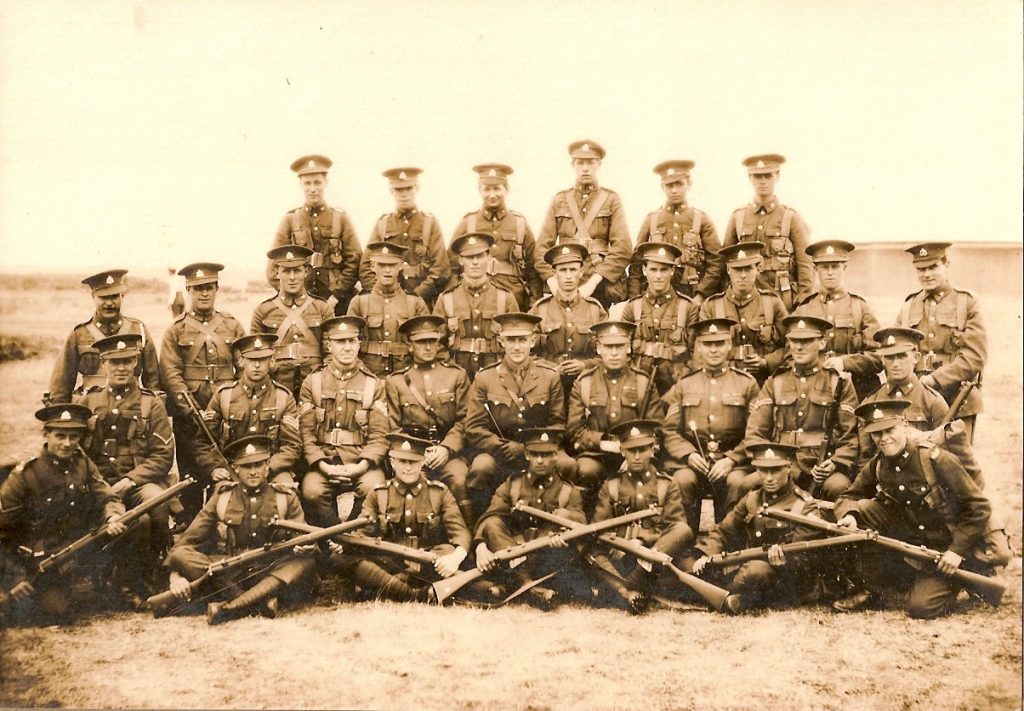
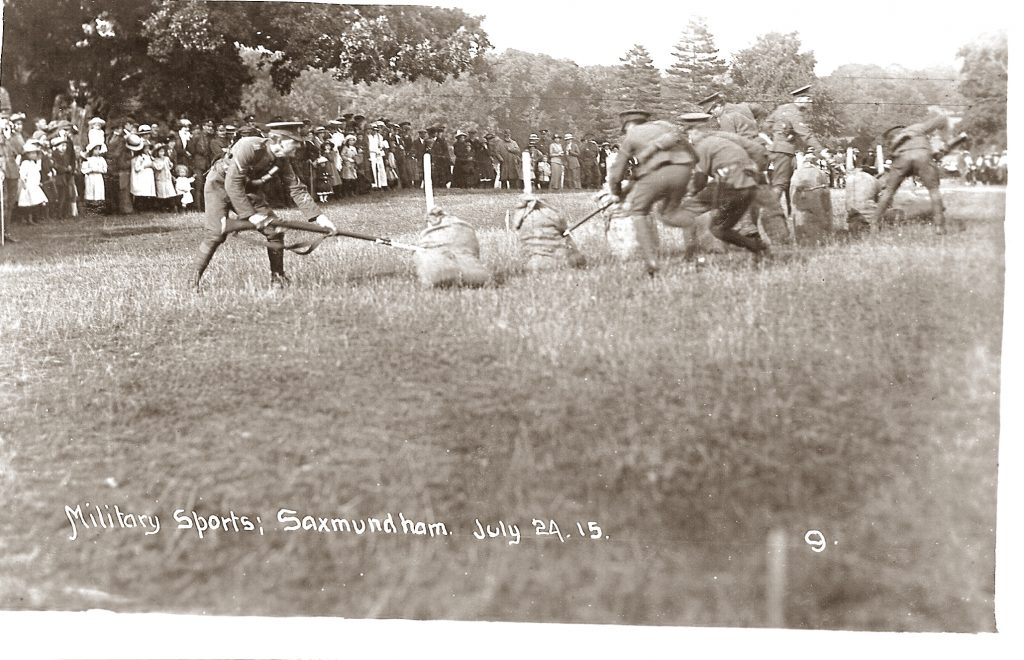
Conciliation 1922
In theory, the joint committee should have completed their task. However, lack of funds for the Memorial Field and Church Tablets further delayed the schemes. To save money the committee approached the Town Council in April 1922 to undertake the conveyance of Snell’s Field and agreed to have it vested in them subject to the Trustees being responsible for all expenses. In other words, the council agreed to own but not to pay for any upkeep of the field. The final delay was unexpected.
Memorial Tablets 1922-1923
The Congregational Church accepted the design for the Memorial Tablet. However, the Parish Church minister, Reverend J. Conway vehemently refused. Unable to move forward the War Memorial Committee invited the Rector to join them, and new designs were submitted in May 1922 that were finally accepted by all. Thereby the Memorial Tablets were eventually unveiled in May 1923 by Sir Ronald Lane. However, the problems with the Memorial Field continued.
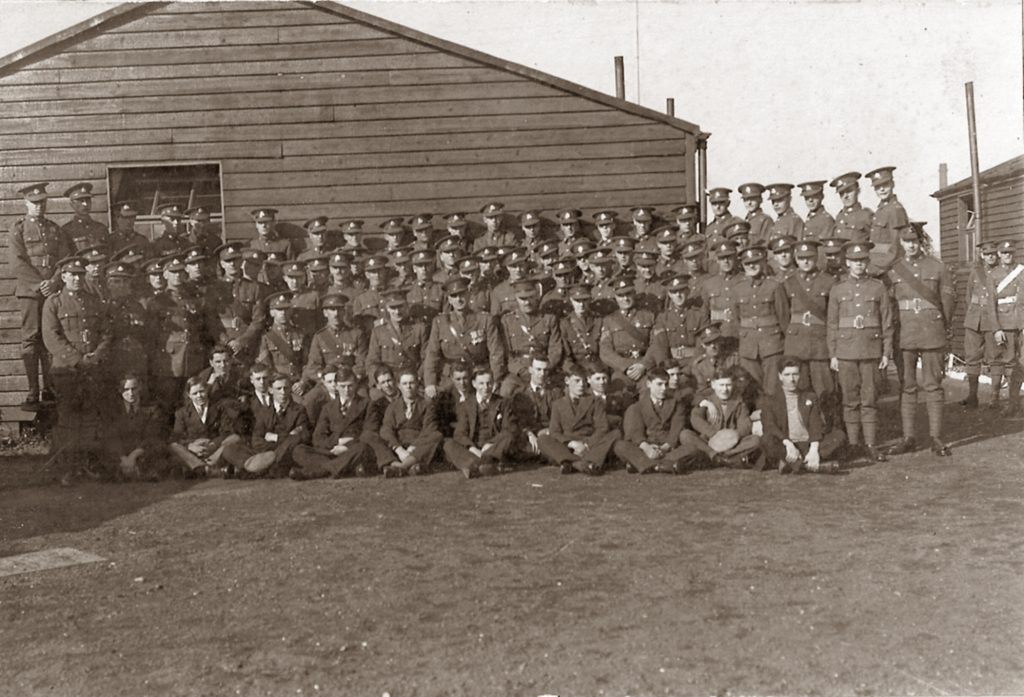
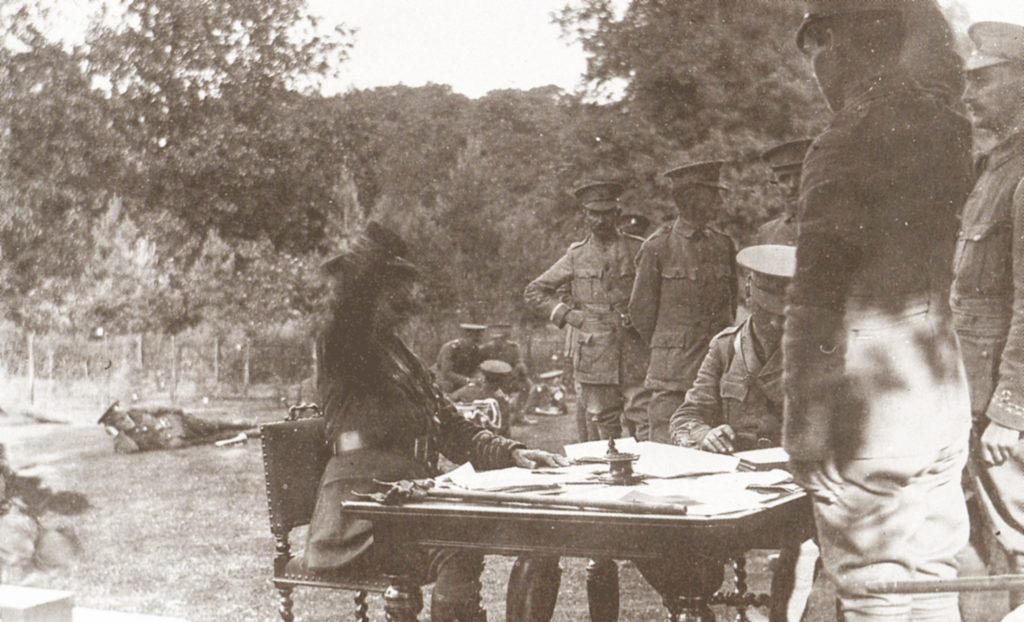
Problems 1923-mid 1930s
In hindsight some of the unofficial committee’s objections were proved valid. It was costly to maintain the Field with running expenses including hedging, ditching, and draining. So much so that the Field was closed in April 1923 to grow a crop of hay to offset costs. Pleas to Saxmundham UDC to take over the Field failed until the mid-1930s when the War Memorial Committee transferred all land and monies to the council. The council reconciled the expense by incorporating the ground in the Silver Jubilee celebrations for George V’s twenty-five years reign and promptly renamed the field as the Silver Jubilee Memorial Ground. The Memorial financed by the Townspeople to remember their fallen failed to ‘jog memories of the facts – that led to the purchase of the recreation ground’ so that the sacrifice of lives would not be forgotten.
Finally
Some 100 years later, Saxmundham Town Council are now investing in ensuring that people will remember.

All images courtesy of Saxmundham Museum
